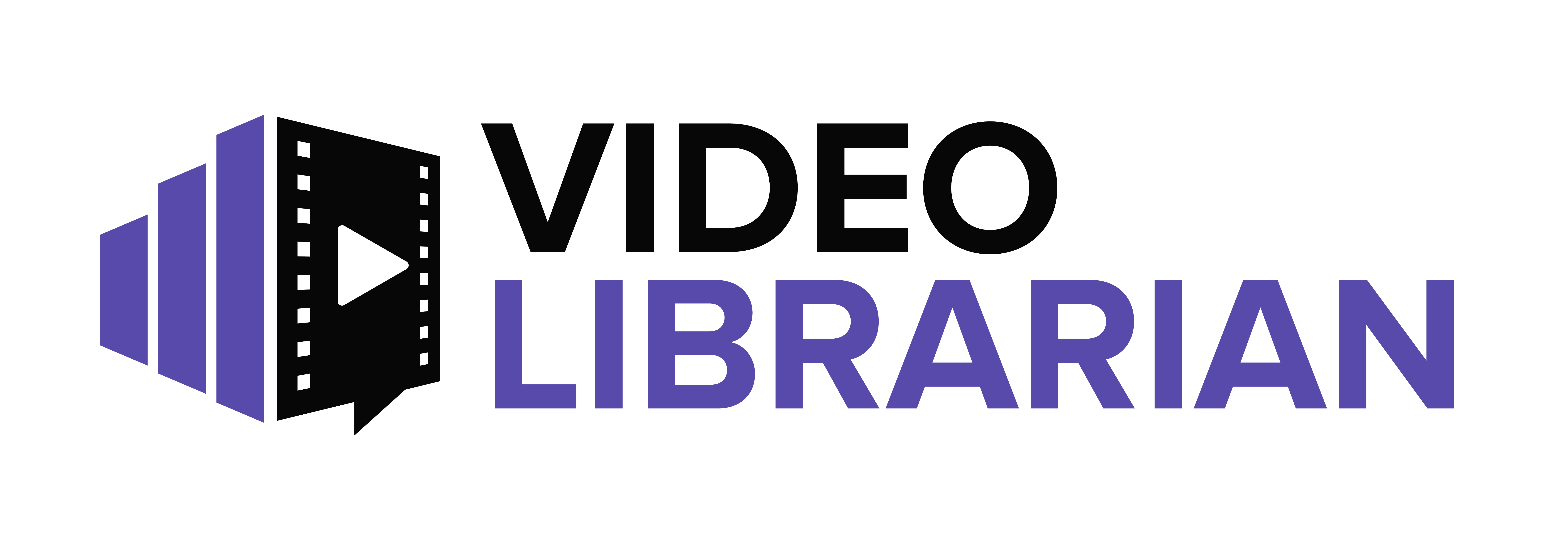In today's digital age, technology has become an integral part of education, improving both teaching and learning experiences. From gamified learning platforms to tools that promote student well-being, these digital resources are transforming classrooms around the world. Here's a look at some of the most effective tools available across different areas of education.
Learning and Assessment
Kahoot: A game-based learning platform that makes learning fun and interactive. Whether you're studying math, history, or a foreign language, Kahoot allows students of all ages to engage with content through quizzes and challenges, available on any device.
Quizlet: This platform offers flashcards and interactive study games, helping students review and learn content in a more engaging way. Quizlet also includes features that track progress and understanding, making it easier for both students and teachers to monitor improvement.
Classcraft: By turning the classroom experience into a role-playing game, Classcraft gamifies education, promoting teamwork and positive behavior. This approach not only enhances motivation but also contributes to students' overall well-being, creating a more dynamic and cooperative learning environment.
Classroom Management
Google Classroom: A widely adopted platform that simplifies the organization of assignments, communication, and collaboration. Google Classroom brings all these elements into one place, making it easier for teachers to manage their classes and for students to stay on top of their work.
ClassDojo: Focused on managing and encouraging positive classroom behavior, ClassDojo allows teachers to give real-time feedback and communicate directly with parents. This fosters a supportive and collaborative atmosphere, where students are motivated to do their best.
Creativity and Collaboration
Padlet: A virtual wall that enables students and teachers to easily share ideas and thoughts on a common topic. Ideal for brainstorming sessions and collaborative projects, Padlet encourages creativity and open communication in the classroom.
Canva for Education: A powerful design tool that allows students to create visually stunning presentations, posters, and infographics. With its user-friendly templates and extensive design options, Canva for Education helps students express their ideas creatively and effectively.
Vmaker: This screencasting tool is perfect for recording videos, creating tutorials, and sharing presentations. Both teachers and students can use Vmaker to enhance digital communication and showcase their work in a more engaging format.
Student Well-being
Headspace for Educators: A specialized version of the popular mindfulness app, Headspace offers guided meditations and exercises designed to reduce stress and improve focus. Both educators and students can benefit from these practices, leading to a more balanced and productive learning environment.
Flipd: This app helps students manage their screen time by setting goals for focused work and reminding them to take breaks. By fostering healthier digital habits, Flipd supports students in maintaining a balanced approach to technology use.
GoNoodle: With a variety of movement and mindfulness videos, GoNoodle encourages kids to get active and practice mindfulness. These activities not only improve focus but also contribute to overall well-being, making it easier for students to concentrate during lessons.
As education continues to evolve in the digital age, these tools play a crucial role in enhancing learning, classroom management, creativity, and well-being. By integrating these platforms into the educational process, teachers can create a more engaging and supportive environment that caters to the diverse needs of their students. Whether through gamified learning, creative collaboration, or mindfulness practices, these tools empower both educators and students to thrive in today's digital world.


